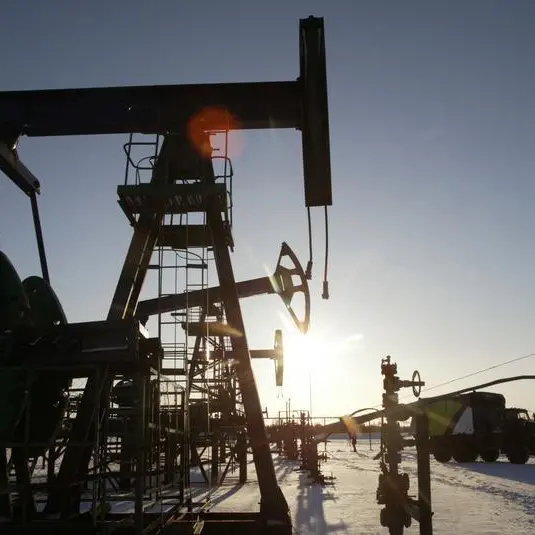PHOTO
SINGAPORE: Oil prices were stable on Friday as investors considered the latest comments from the U.S. Federal Reserve on interest rates amid sticky inflation, while signs of firming seasonal U.S. fuel demand lent support.
Brent crude futures rose 2 cents at $81.38 a barrel at 0315 GMT, while U.S. West Texas Intermediate (WTI) crude futures were down 1 cent at $76.86.
Both benchmarks settled at multi-month lows on Thursday, with Brent crude futures closing at their weakest point since January and U.S. crude futures hitting a three-month low.
Brent futures were headed for weekly declines of more than 3%, while WTI futures were poised for a slide of nearly 4% from last week as ongoing macroeconomic constraints in the U.S. held prices in the balance.
"The sore demand sentiment owing to the hawkish Fed outlook at rates and the backdrop of 'possibly higher-for-longer rates' weighed significantly on oil prices this week," said Priyanka Sachdeva, a senior market analyst at Phillip Nova.
Minutes released on Wednesday from the Fed's latest policy meeting showed policymakers questioning whether current interest rates are high enough to tame stubborn inflation.
Some officials said they would be willing to hike borrowing costs again if inflation surged. However, Fed Chair Jerome Powell and other policymakers have since said they feel further rate hikes are unlikely.
Higher rates could slow economic growth and crimp fuel demand.
Meanwhile, strengthening U.S. gasoline demand was helping to stabilise prices ahead of the Memorial Day holiday weekend, which is considered the start of the U.S. summer driving season.
Gasoline demand in the U.S. reached its highest level since November, the Energy Information Administration (EIA) said on Wednesday. That helped support the market as U.S. drivers account for around a tenth of global oil demand, "making the upcoming driving season a pillar of the recovery in global demand growth", ANZ analysts said in a note.
All eyes are now on the Organization of the Petroleum Exporting Countries and allies, together called OPEC+, set to meet on June 1, where they are expected to discuss whether to extend voluntary oil output cuts of 2.2 million barrels per day.
"The market is also tentative about taking an aggressive positioning ahead of next week’s OPEC meeting, where supply policy will be discussed," ANZ analysts added. (Reporting by Georgina McCartney in Houston and Jeslyn Lerh in Singapore; Editing by Sonali Paul)





















